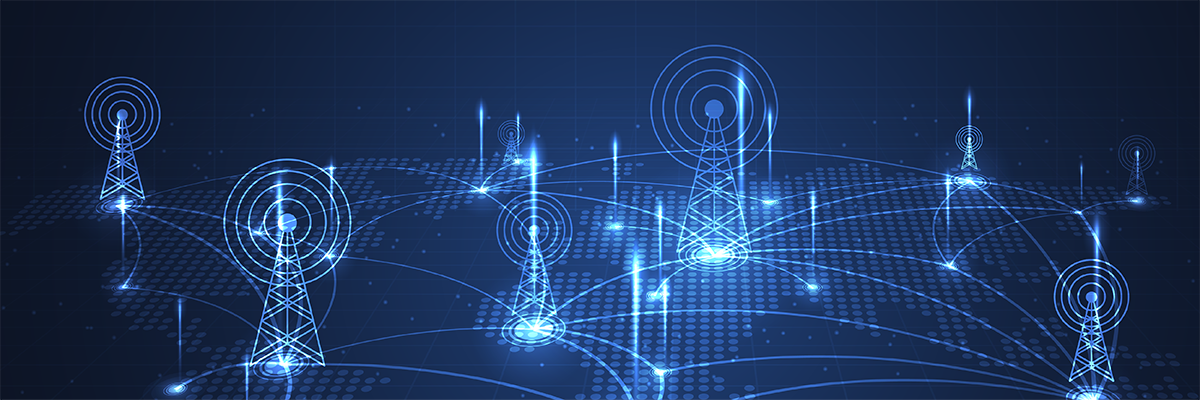High-Energy Density Batteries in Telecom: A Strategic Advantage for Modern Networks
Introduction: The Growing Need for High-Energy Density Batteries in Telecommunications
Telecommunication networks are the backbone of modern communication, supporting everything from emergency services to everyday connectivity. As these networks expand, especially with the advent of 5G and IoT technologies, the demand for reliable and efficient power solutions intensifies. One of the most significant advancements in this area is the adoption of high-energy density batteries.
High-energy density batteries, particularly lithium-ion variants, offer a compelling solution to the challenges faced by telecom operators. These batteries provide more power in a smaller footprint, translating to reduced space requirements, lower weight, and enhanced reliability—all critical factors for telecom infrastructure.
Understanding High-Energy Density Batteries
Before delving into their advantages, it’s essential to understand what high-energy density means in the context of batteries. Energy density refers to the amount of energy a battery can store relative to its weight (Wh/kg) or volume (Wh/L). Higher energy density means more power can be stored in less space, which is particularly beneficial for telecom applications where space and weight are often at a premium.
| Battery Type | Energy Density (Wh/kg) |
| Lead-Acid | 30–50 |
| Nickel-Cadmium | 45–80 |
| Lithium-Ion | 90–250+ |
As shown in the table, lithium-ion batteries, especially lithium iron phosphate (LiFePO₄) and nickel manganese cobalt (NMC) variants, offer significantly higher energy densities compared to traditional lead-acid and nickel-cadmium batteries.
Key Advantages of High-Energy Density Batteries in Telecom
- Space Efficiency: Telecom equipment often needs to be installed in compact spaces. High-energy density batteries require less physical space, allowing for more equipment to be housed in the same area.
- Reduced Weight: Lighter batteries ease the installation process and reduce the structural load on towers and enclosures, which is particularly important for rooftop and pole-mounted sites.
- Longer Lifespan: Lithium-ion batteries typically offer longer cycle lives—often exceeding 3,000 cycles—compared to lead-acid batteries, which may only last 500–600 cycles. This longevity reduces the frequency of replacements and associated maintenance costs.
- Faster Charging and Discharging: High-energy density batteries can charge and discharge more rapidly, ensuring that telecom equipment remains operational during power outages or peak demand periods.
- Enhanced Reliability: With built-in Battery Management Systems (BMS), these batteries offer better thermal management and safety features, ensuring consistent performance under varying environmental conditions.
Comparative Overview: Lithium-Ion vs. Traditional Battery Technologies
| Feature | Lead-Acid (VRLA) | Nickel-Cadmium (Ni-Cd) | Lithium-Ion (LiFePO₄ / NMC) |
| Energy Density | Low | Moderate | High |
| Cycle Life (Cycles) | 500–600 | 1,000–1,500 | 3,000–6,000+ |
| Weight | Heavy | Moderate | Light |
| Maintenance | High | Moderate | Low |
| Charging Speed | Slow | Moderate | Fast |
| Cost (Initial) | Low | Moderate | High |
| Total Cost of Ownership | Higher | Moderate | Lower |
While lithium-ion batteries have a higher initial cost, their extended lifespan and reduced maintenance requirements often result in a lower total cost of ownership over time.
Real-World Applications in Telecom
High-energy density batteries are increasingly being deployed in various telecom scenarios:
- 5G Small Cells: These require compact and efficient power solutions due to their dense deployment in urban areas.
- Remote Base Stations: In off-grid or unstable grid regions, reliable power backup is crucial, and high-energy density batteries provide a sustainable solution.
- Urban Infrastructure: In cities with limited space, these batteries enable the integration of backup power without occupying significant real estate.
Conclusion: Embracing the Future of Telecom Power Solutions
The transition to high-energy density batteries, particularly lithium-ion types, represents a strategic move for telecom operators aiming to enhance the reliability, efficiency, and scalability of their networks. By investing in these advanced power solutions, telecom companies can ensure uninterrupted service, reduce operational costs, and support the growing demands of modern communication technologies.
For those interested in exploring specific products, consider the 48V Communication Lithium Battery, which offers a balance of energy efficiency and longevity tailored for telecom applications.


